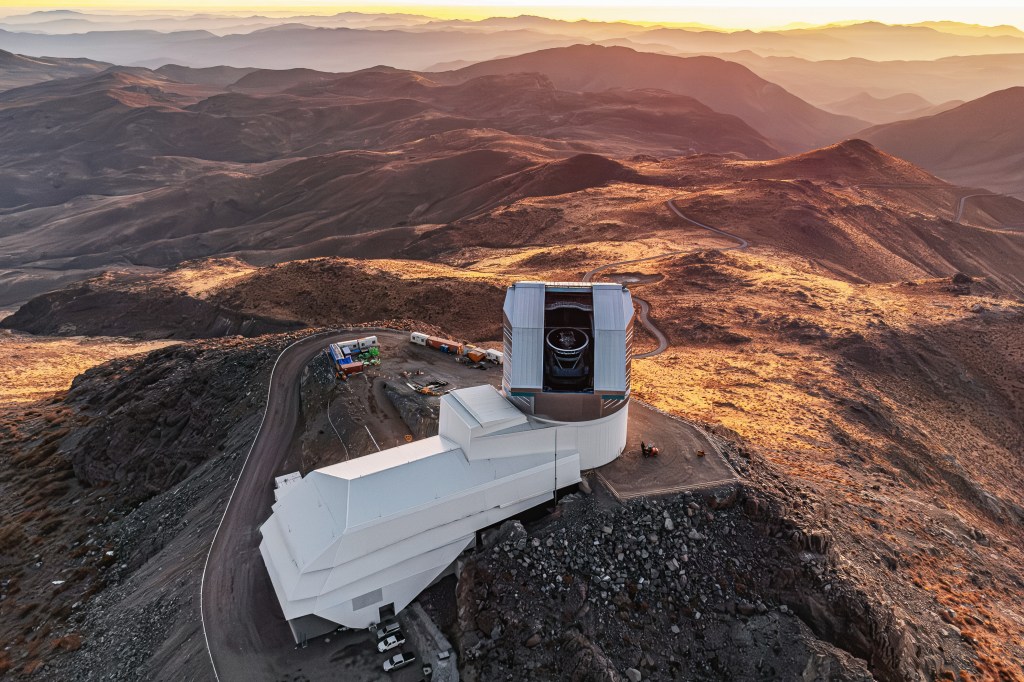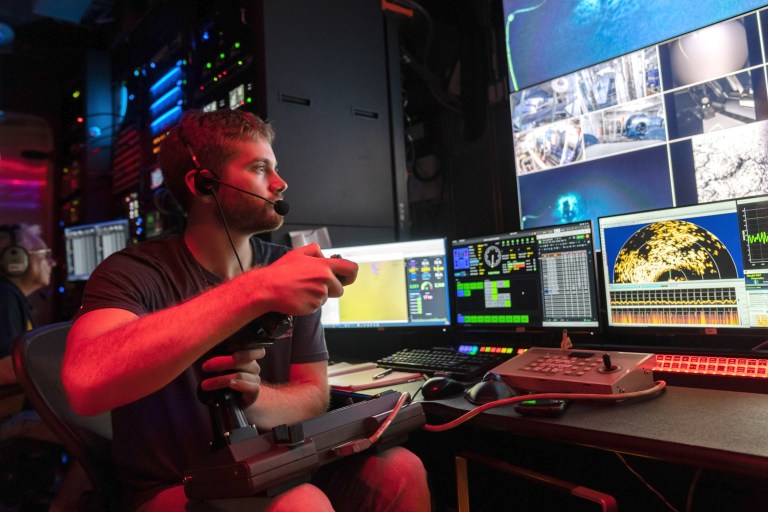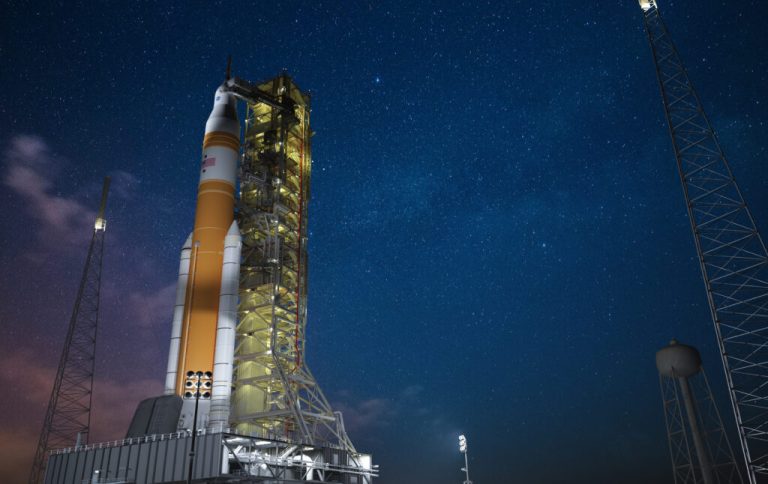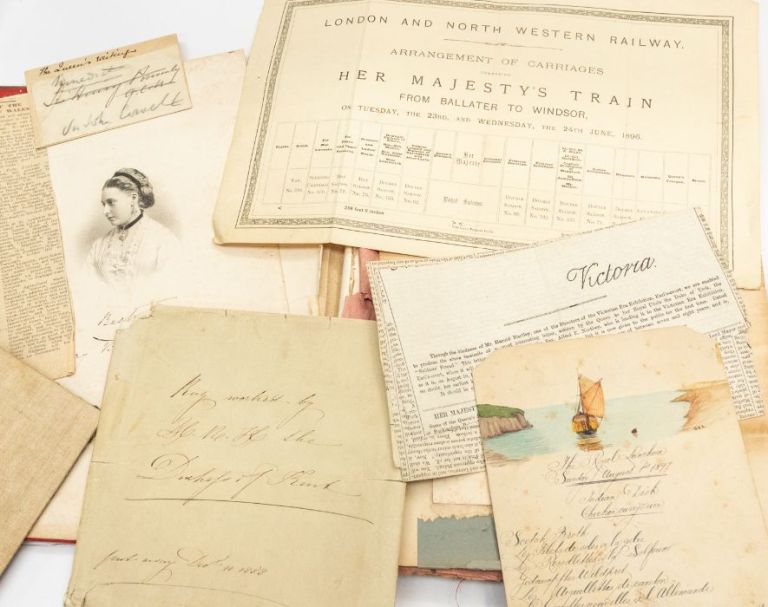A groundbreaking observatory in Chile is off to a sparkling start, as evidenced by the debut images released today. While the initial photos are all mesmerizing, they’re just a sliver of what’s to come from the Vera C. Rubin Observatory, a massive U.S.-funded telescope perched at the summit of Cerro Pachón.
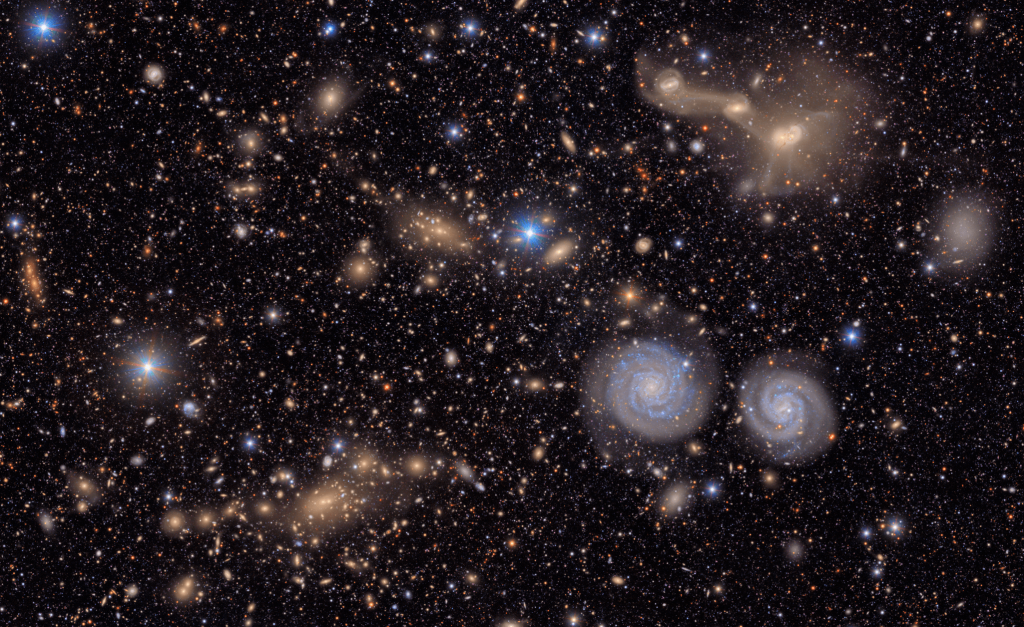
“These images are fantastic. They’re incredibly high-resolution. But they’re just a tiny, tiny fraction of what’s been captured,” Kevin Reil, a staff scientist with the SLAC National Accelerator Laboratory, told NPR of the observatory.
Using the world’s largest digital camera, the observatory’s main goal is to chart changes in the sky over a decade, providing researchers an unprecedented amount of data and resulting in a high-def time-lapse of the cosmos. The 10-year-long survey will kick off later this year, taking about 1,000 photos a night of around 40 billion stars, galaxies, and other space objects — a “treasure trove” that will allow scientists to “make countless discoveries about the universe,” per a press release from the U.S. National Science Foundation.
“It’s a very special telescope,” Scott Sheppard, an astronomer with Carnegie Science, emphasized to NPR. He added: “It’s going to be revolutionary. Astronomers are going to change from observing little areas of the sky to basically data mining. It’s going to be like a firehose of data coming in.”
Cerro Pachón sits at the foothills of the Andes Mountains, an ideal location thanks to its elevation, dry air, and dark, clear skies. Two decades in the making, the observatory is expected to complete construction in September and is named after Vera C. Rubin, a pioneering astronomer who found the first convincing evidence for dark matter in the universe.
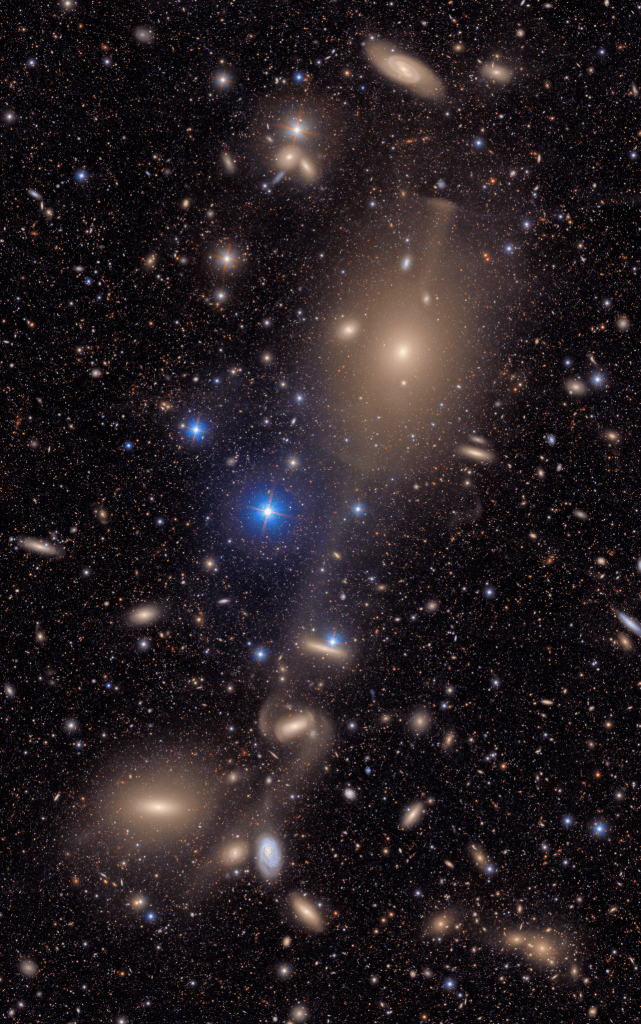
Serving as the first female scientist at the Carnegie Institution’s Department of Terrestrial Magnetism when she began working there in 1965, Rubin collaborated with astronomer Kent Ford to determine that an invisible mass causes stars at the outer edges of certain galaxies to rotate as fast as those near the center — which otherwise goes against the laws of physics. The mass later became known as dark matter. “Since then, scientists have figured out that dark matter makes up more than 80% of all the matter in the universe, while regular matter makes up less than 20%,” the Observatory noted.
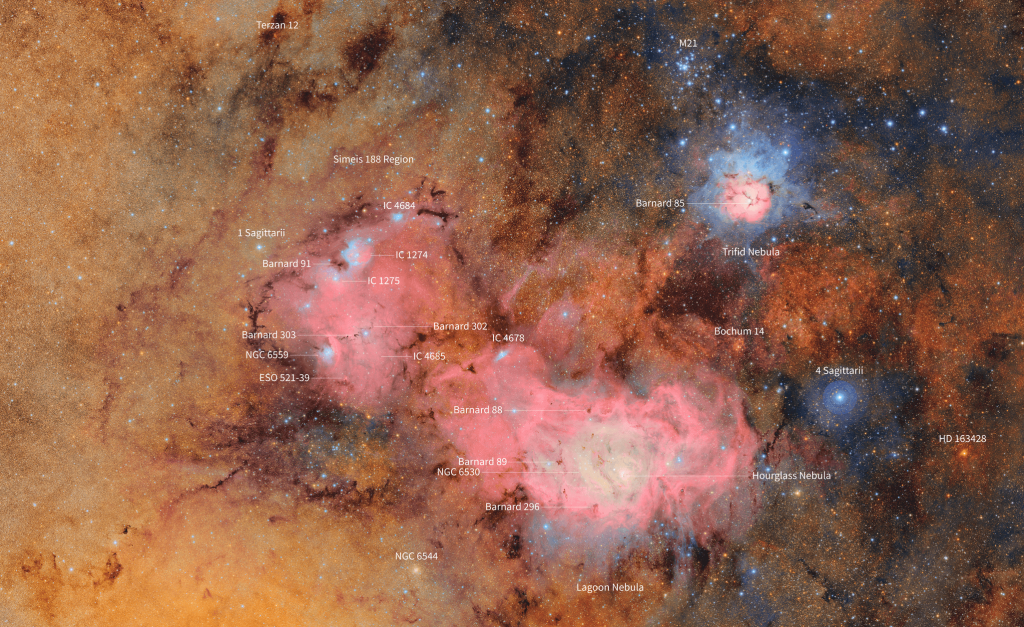
And now, Rubin’s legacy is being honored not only in the name of the observatory, but in one of the phenomena its camera will help astronomers study. “NSF-DOE Rubin Observatory will capture more information about our universe than all optical telescopes throughout history combined,” Brian Stone, performing the duties of the National Science Foundation director, said in the NSF release. “Through this remarkable scientific facility, we will explore many cosmic mysteries, including the dark matter and dark energy that permeate the universe.”
Astronomers also expect the observatory will record millions of never-before-seen asteroids, which could be a “game changer” for finding those that may make impact with Earth or the moon. In its first 10 hours alone, it revealed 2,014 previously unseen asteroids, including seven nonthreatening ones near our planet. Sheppard told NPR: “It’s going to find everything that goes bump in the night, to some degree.”
RELATED: See All the Winning Images in the 2024 Astronomy Photographer of the Year Contest
